Resources
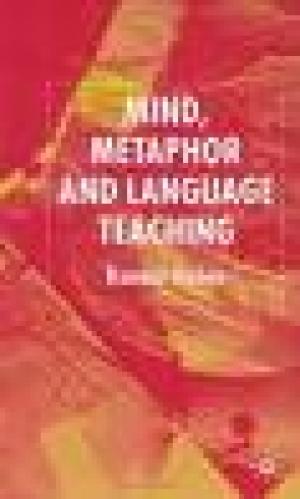
This book explores how insights into figurative language can reshape what teachers do in the classroom. It reveals why some well-known methods work while others do not. Rejecting prescriptive pedagogical formulae, it recounts classroom episodes that help teachers rethink their own practice. Finally, the book sets out how we can use these episodes to reappraise language learning theory in a way that treats it as consonant with the cognitive nature of language. (From the Publisher)

The Encyclopedia of Adult Education is the first comprehensive reference work in this important and fast-growing field, and is an invaluable resource for adult educators who research and teach in the fields of higher education, work in community-based settings, or practice in public or private organizations. Its 200 articles, written by an international team of contributors, detail the research and practice of the field from its emergence as a separate discipline to the present day, covering key concepts, issues and individuals and providing a cutting-edge summary of ongoing debates across a wide range of perspectives, from self-directed learning to human resource development. Entries are arranged A-Z and extensively cross-referenced, with detailed bibliographies for each topic to facilitate further research. (From the Publisher)
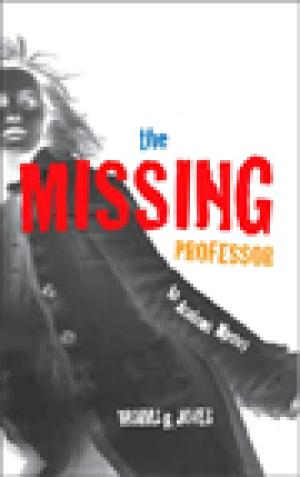
With more than a few misgivings but desperate to pay off her loans, Nicole Adams, a newly minted Ph.D. in philosophy, accepts an assistant professorship at Higher State, a small state university in "the middle of the Midwest". Little does she suspect that on just her second day, still flustered and disoriented in her new surroundings, she'll be plunged into a mystery. Crusty R. Reynolds Raskin, with whom she uneasily shares an office, disappears after his desk and files have been ransacked. The police are called. Two weeks later, with Raskin still missing, Nicole receives a threatening phone call... Read one way up, this is an entertaining parody of an academic mystery that satirizes the ways of academe. Turning the book upside down reveals another purpose: each chapter is in fact a case study, as is revealed by a series of discussion questions intended for faculty orientation and development. As the mystery unfolds, each chapter shows Nicole encountering testing situations such as student incivility and sexual harassment, problems with her first day of class, dilemmas concerning teaching evaluation and peer observation and issues related to assessment, classroom technology and the rights of faculty and students, among others. This little book can be read and used both ways: as pure entertainment or as a series of cases whose humorous presentation will break down academic barriers and promote spirited discussion. (From the Publisher)
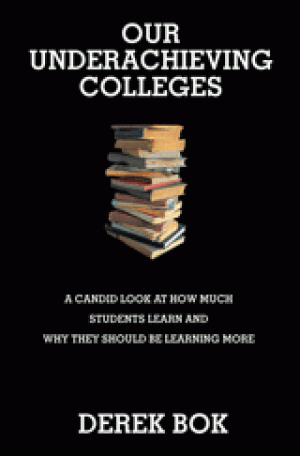
Drawing on a large body of empirical evidence, former Harvard President Derek Bok examines how much progress college students actually make toward widely accepted goals of undergraduate education. His conclusions are sobering. Although most students make gains in many important respects, they improve much less than they should in such important areas as writing, critical thinking, quantitative skills, and moral reasoning. Large majorities of college seniors do not feel that they have made substantial progress in speaking a foreign language, acquiring cultural and aesthetic interests, or learning what they need to know to become active and informed citizens. Overall, despite their vastly increased resources, more powerful technology, and hundreds of new courses, colleges cannot be confident that students are learning more than they did fifty years ago. Looking further, Bok finds that many important college courses are left to the least experienced teachers and that most professors continue to teach in ways that have proven to be less effective than other available methods. In reviewing their educational programs, however, faculties typically ignore this evidence. Instead, they spend most of their time discussing what courses to require, although the lasting impact of college will almost certainly depend much more on how the courses are taught. In his final chapter, Bok describes the changes that faculties and academic leaders can make to help students accomplish more. Without ignoring the contributions that America's colleges have made, Bok delivers a powerful critique--one that educators will ignore at their peril. (From the Publisher)
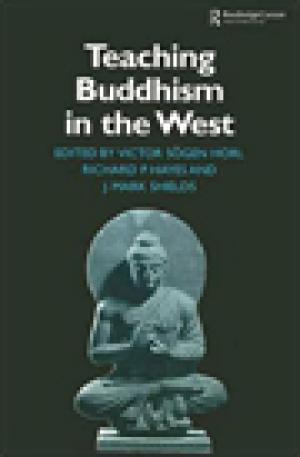
At a time when the popularity of Buddhism is at a peak in the west, both inside and outside the university setting, scholars and students alike are searching for guidance: How should Buddhism, a religion which is ultimately 'foreign' to western experience, be taught? How should one teach central Buddhist doctrines and ideas? Should one teach Buddhist practise; if so how? Until now, those interested in these and other related matters have been left with little guidance. Despite the wealth of scholarly publications on Buddhist traditions and the plethora of books about meditation and enlightenment, a serious lacuna exists in the sphere of teaching Buddhism. This book fills this lacuna, by providing a series of thematically arranged articles written by contemporary scholars of Buddhism throughout North America. Some of the major themes covered are the history of teaching Buddhism in Europe and North America (Reynolds, Prebish), the problem of representations of Buddhism in undergraduate teaching (Lewis), the problem of crossing cultural and historical divides (Jenkins), the place of the body and mind in the Buddhist classroom (Waterhouse), alternative pedagogical methods in teaching Buddhism (Wotypka, Jarow, Hori, Grimes) and the use of the Internet as a resource, and metaphor for teaching Buddhism (Fenn, Grieder). (From the Publisher)
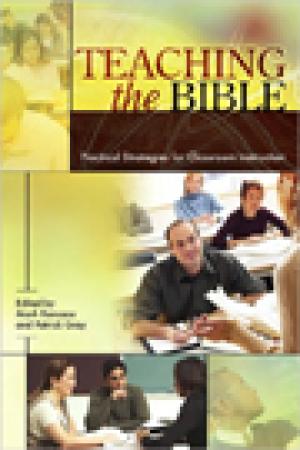
While books on pedagogy in a theoretical mode have proliferated in recent years, there have been few that offer practical, specific ideas for teaching particular biblical texts. To address this need, Teaching the Bible, a collection of ideas and activities written by dozens of innovative college and seminary professors, outlines effective classroom strategies -with a focus on active learning - for the new teacher and veteran professor alike. It includes everything from ways to incorporate film, literature, art, and music to classroom writing assignments and exercises for groups and individuals. The book assumes an academic approach to the Bible but represents a wide range of methodological, theological, and ideological perspectives. This volume is an indispensable resource for anyone who teaches classes on the Bible. (From the Publisher)
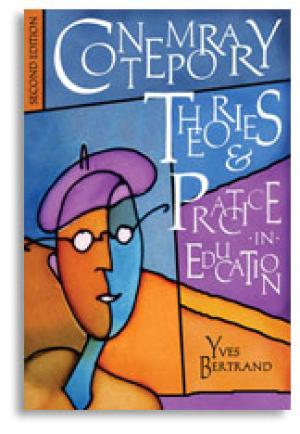
Newly revised and expanded, this ever-popular title serves equally well as a course text or as a professional development tool. Integrating new material, Bertrand has updated and reorganized the text for a more interrelated and functional format. Theories of education and theories of learning abound. Making sense of these theories and comparing them to one another is an important but difficult task. Here, Bertrand has developed a model for program planning and sound pedagogy which is informed by a deep understanding of the myriad approaches available today. This book will help you analyze your practice and/or assist your students in developing a coherent theoretical foundation of their own. (From the Publisher)
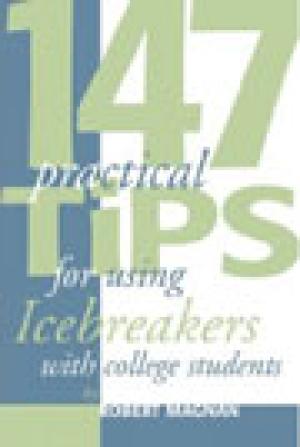
Building a sense of community in the classroom is key to fostering a safe and supportive environment for learning. Icebreakers are designed specifically for this purpose – to create that sense of a community of learners, working together. If you are considering using icebreakers for the first time, these tips offer convincing reasons for using them and suggest specific icebreakers for specific situations. If you already use icebreakers, these tips will expand your repertoire and provide thought-provoking insights into other situations in which you could include community-building activities. You’ll find tips and icebreakers that will: * Help your students feel more comfortable *Introduce you *Get a sense of your students in general *Make it easier for your students to know each other * Encourage your students to share and explore differences *Generate interest in your course *Encourage your students to be interested in each other * Bring out students' feelings about the subject and the course * Foster confidence and comfort in a virtual community (From the Publisher)
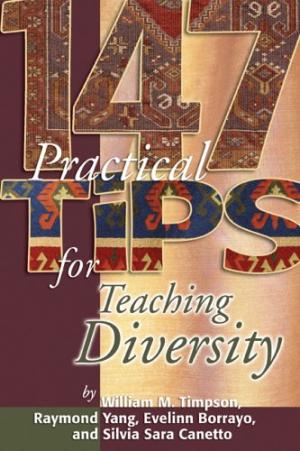
Diversity is vitally important to today's classroom, but many college teachers remain uncertain as to how to handle this sensitive subject. Compiled from the real-life experiences of over a dozen professors and experts, 147 Practical Tips for Teaching Diversity tackles this question head on. Taking you from the classroom to the committee meeting to the the community at large, this book offers hands-on advice for improving diversity discussions all through the semester. Some of what you'll find inside: Safe space: How to create a safe and welcoming learning environment Prejudice: How both you and your students can work together to unlearn stereotypes Challenges: How to address taboo subjects and handle conflicts preemptively Curriculum: How to broaden the subject matter and address current events Community: How to deepen your institution's commitment to diversity Whatever your past experiences with teaching diversity, this book is sure to help both you and your students expand your thinking and understanding, both inside and outside of the classroom. (From the Publisher)
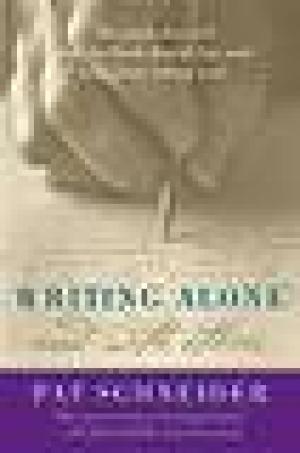
For more than a quarter of a century, Pat Schneider has helped writers find and liberate their true voices. She has taught all kinds -- the award winning, the struggling, and those who have been silenced by poverty and hardship. Her innovative methods have worked in classrooms from elementary to graduate level, in jail cells and public housing projects, in convents and seminaries, in youth at-risk programs, and with groups of the terminally ill. Now, in Writing Alone and with Others, Schneider's acclaimed methods are available in a single, well-organized, and highly readable volume. The first part of the book guides the reader through the perils of the solitary writing life: fear, writer's block, and the bad habits of the internal critic. In the second section, Schneider describes the Amherst Writers and Artists workshop method, widely used across the U.S. and abroad. Chapters on fiction and poetry address matters of technique and point to further resources, while more than a hundred writing exercises offer specific ways to jumpstart the blocked and stretch the rut-stuck. Schneider's innovative teaching method will refresh the experienced writer and encourage the beginner. Her book is the essential owner's manual for the writer's voice. (From the Publisher)